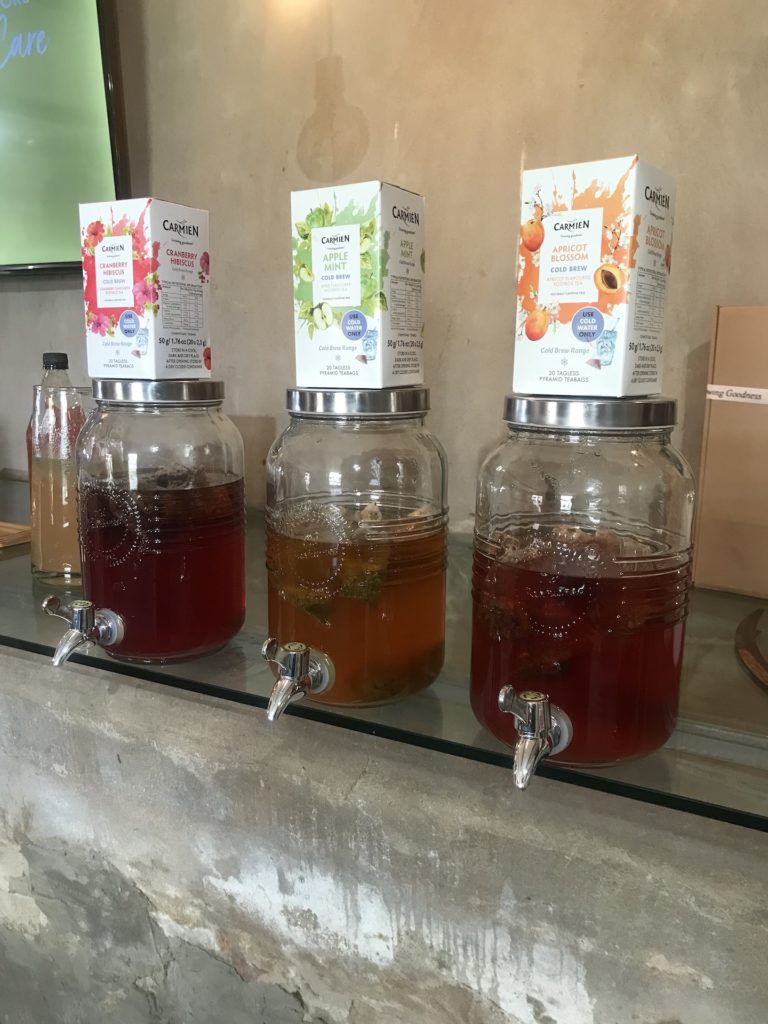Rooiboostea (Aspalathus linearis) is unique to South Africa. The thin leaves and part of the shrub are harvested and make a delicious caffeine free Tea that has lots of health benefits.
The Koi and San, the original inhabitants of this area have used the plant forever as a remedy. Rooibos Tea is high in antioxidants, provides energy nonetheless and can relieve allergic symptoms. It is also used in skin care as it helps with damaged skin. A traditional knowledge study from 2014 confirmed these benefits. The Khoi and San people would harvest the right plants, chop them into little pieces, ferment (it’s more enzymatic oxidation as there are no microbes involved) and dry them. Only in 1904 Rooibos Tea became known to the rest of the world through a Russian immigrant who started trading with the indigenous people. Today it is recognised by the government of South Africa that the Koi and San People have the right to everything Rooibos as their knowledge is linked to the traditional use of the plant. This means that every farmer of Rooibos has to engage with the local communities and find a way to share the profit they make by selling Rooibos products.
The plant is part of the legumes family, go figure! Rooibos needs the harsh climate of the Cederberg mountains in the Western Cape of South Africa to grow, where winter temperatures go below 0°C and summers are really hot (over 40°C). I am writing this blogpost sitting on the stoop of ‘Weaver’s Cottage’ at Alphaxcelsiorfarm – sweating away, where Rooibos is farmed. The sandy soil of the fynbos biome is ideal for this endeavour. The plant can survive in these conditions due to a long root that taps into the water table, so the water table mustn’t be deeper than 3 meters as this is how long this tap root grows. Just like other legumes, Rooibos hosts anaerobic bacteria which produce nitrogen for the plant to use.There are seven varieties known today of which ‘Nortier’ is the most popular. But small farms in the Cederberg mountains often farm wild varieties due to their better durability. After 18 months the first harvest can be done. Between January and April every year the plants are hand harvested and one plant can be productive for 50 years.
I couldn’t find any information of how Rooibos tea cannot be organic, but it seems to some there are colourants added – yuk! Also disturbing is the fact that teabags are mostly no longer made from paper or any other organic material, but from plastic. That also sucks. So loose tea is the way to go and usually much more fragrant anyway.
But there is light at the end of the tunnel as Carmíen Rooibos Tea is not only certified organic but the teabags are also made of biodegradable starch. The fair-trade certified farms harvest their Rooibos only for Carmíen. All the farm workers are shareholders.
And fun fact at the end: Rooibos is to South Africa what Champagne is for France. Nobody else can use the name Rooibos.

